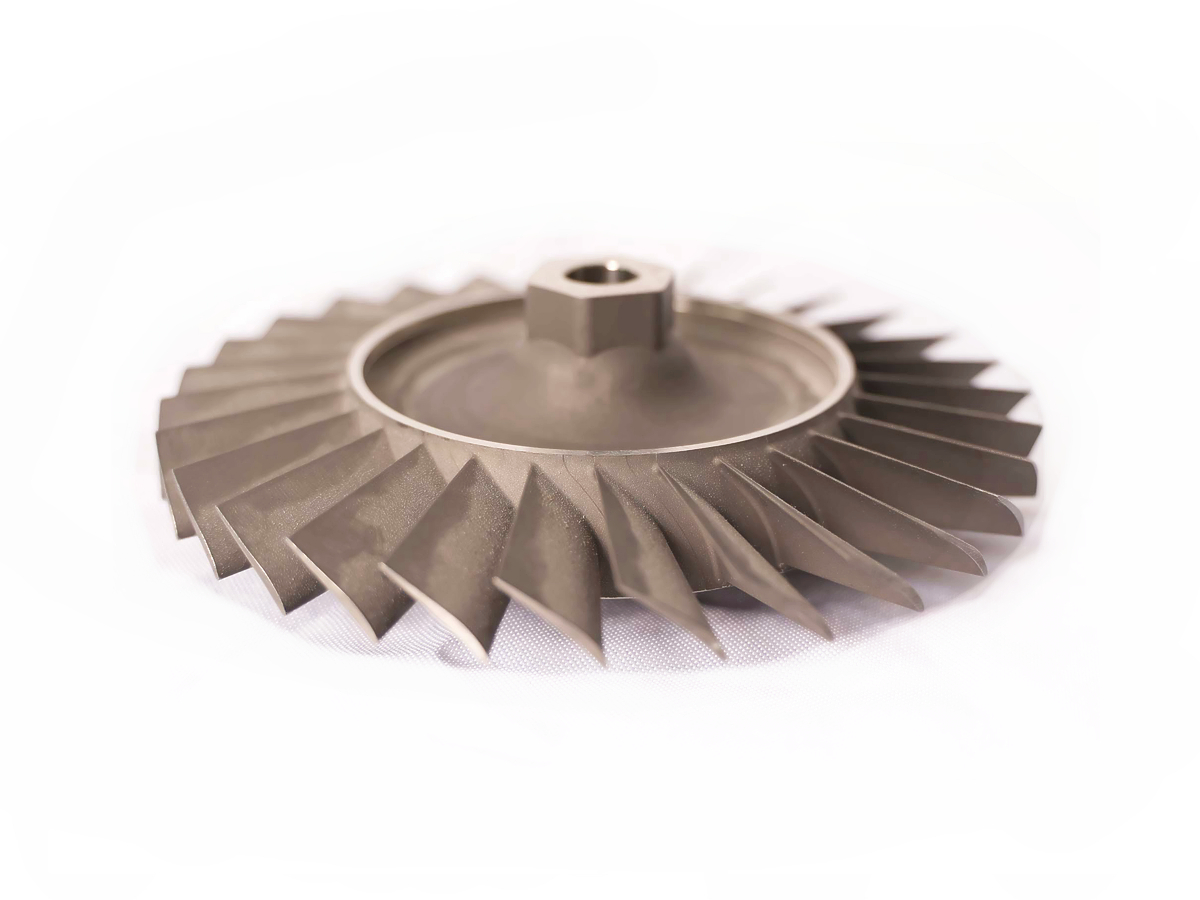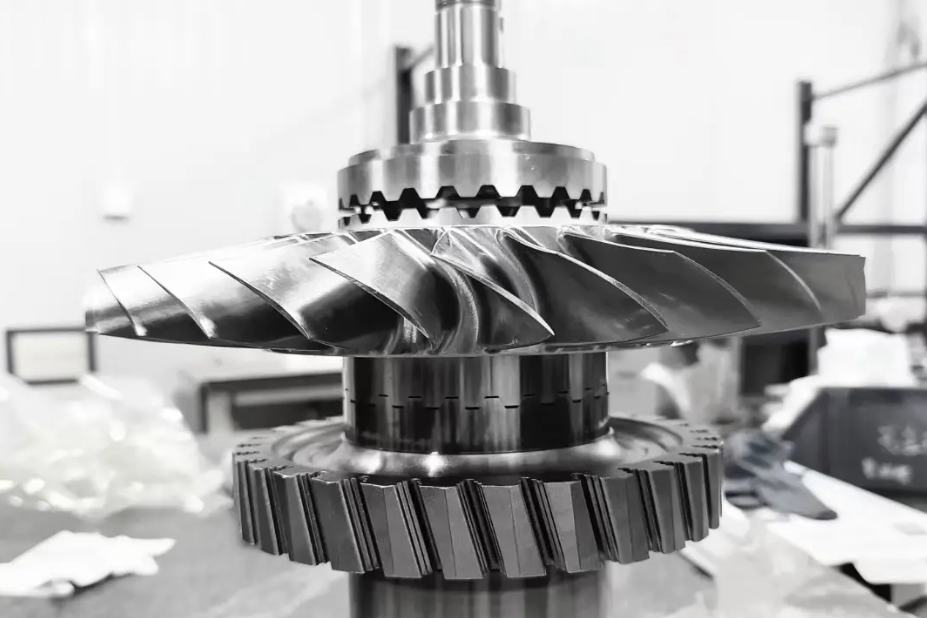Is HIP suitable for all high-temperature alloy materials?
From a materials engineering and manufacturing standpoint, Hot Isostatic Pressing (HIP) is not universally suitable for all high-temperature alloys. Its applicability is highly dependent on the alloy's specific metallurgy, the manufacturing process used to create the near-net-shape part, and the final service requirements. While HIP is a transformative process for many high-performance alloys, applying it indiscriminately can be ineffective or even detrimental.
Ideal Candidates for HIP Treatment
HIP is exceptionally well-suited for a broad class of high-temperature alloys where the primary failure mechanism is initiated by internal defects. This includes:
Cast Superalloys: These are the most common candidates. Investment-cast components for aerospace and aviation (e.g., turbine blades, structural fittings) and power generation (e.g., turbine housings) often contain microshrinkage porosity. HIP is highly effective in healing these defects, significantly improving fatigue life and ductility in alloys like Inconel 718 and Mar-M247.
Additively Manufactured (AM) Metal Parts: Components made via DMLS or SLM inherently contain residual porosity and can have unmelted powder particles. HIP is a standard post-processing technique to achieve a density of greater than 99.99%, making the material isotropic and comparable to wrought properties.
Wrought Alloys with Inherent Consolidation Issues: Certain powder metallurgy (PM) superalloys and titanium alloys like Ti-6Al-4V benefit from HIP to ensure full consolidation of the powder particles before further processing.
Materials and Cases Where HIP is Ineffective or Contraindicated
There are several scenarios where HIP is either not beneficial or actively harmful:
Alloys with Volatile Alloying Elements: Some high-temperature materials contain elements with high vapor pressure, such as Magnesium (Mg) or Manganese (Mn) in certain aluminum or superalloy systems. The prolonged high temperature of the HIP cycle can cause these elements to evaporate from the surface, depleting the alloy and degrading its properties.
Materials that Rely on Controlled Porosity: This is a critical exception. Certain specialized materials, like self-lubricating bearings or filters, are engineered to have a specific volume of interconnected porosity. HIP would destroy this essential characteristic by densifying the entire structure.
Fully Dense Wrought Products: A billet of wrought 304 stainless steel or a forged Aluminum 7075 component that is already fully dense will see no benefit from HIP. The process cannot refine the microstructure beyond what is achieved through thermomechanical working and may even be detrimental.
Surface-Connected Defects: HIP cannot heal defects that are open to the surface. The isostatic gas pressure will penetrate the flaw, equalizing the pressure inside and outside, thus eliminating the driving force for pore closure. Such defects must be sealed prior to HIP or removed by CNC machining afterward.
Metallurgical Considerations and Risks
Even for generally suitable alloys, the HIP cycle must be meticulously designed to avoid microstructural damage:
Grain Growth: Excessive time or temperature during HIP can cause uncontrolled grain growth in certain alloys, resulting in coarsened microstructure and reduced strength and fatigue resistance.
Phase Instability: For precipitation-hardened alloys, the HIP temperature may dissolve strengthening phases (e.g., gamma prime in nickel superalloys) or promote the formation of brittle intermetallic phases. This makes the subsequent post-HIP heat treatment absolutely critical to restore mechanical properties.
Chemical Reactions: The material must be compatible with the HIP capsule or environment to prevent surface contamination or the formation of brittle surface layers.
Engineering Verdict
HIP is a powerful but specialized tool. It is not a one-size-fits-all solution. Suitability is determined by a careful analysis of the initial material state (presence of internal porosity), the alloy's chemical and microstructural stability at HIP temperatures, and the component's performance requirements. For cast and additively manufactured high-temperature alloys, HIP is often a vital step to achieve aerospace-grade integrity. However, for wrought products, materials with volatile elements, or components requiring porosity, HIP is either unnecessary or contraindicated. A thorough metallurgical review is essential before specifying the process.



